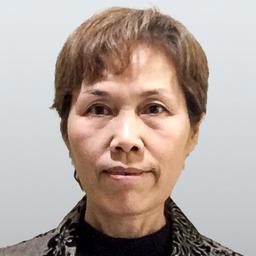An article in state-owned People’s Daily on Oct. 7 defined the new crop seed varieties, granted with property rights, based on germplasm resources, as a “chip” in the modern agriculture field, and emphasized the importance of such resources.
The article author, Liu Xu, a member of the Chinese Academy of Engineering and former vice principal of the Academy of Agricultural Sciences, defined “germplasm resources” as biological carriers with exploitable value, involving living individuals and groups and even DNA and genes.





